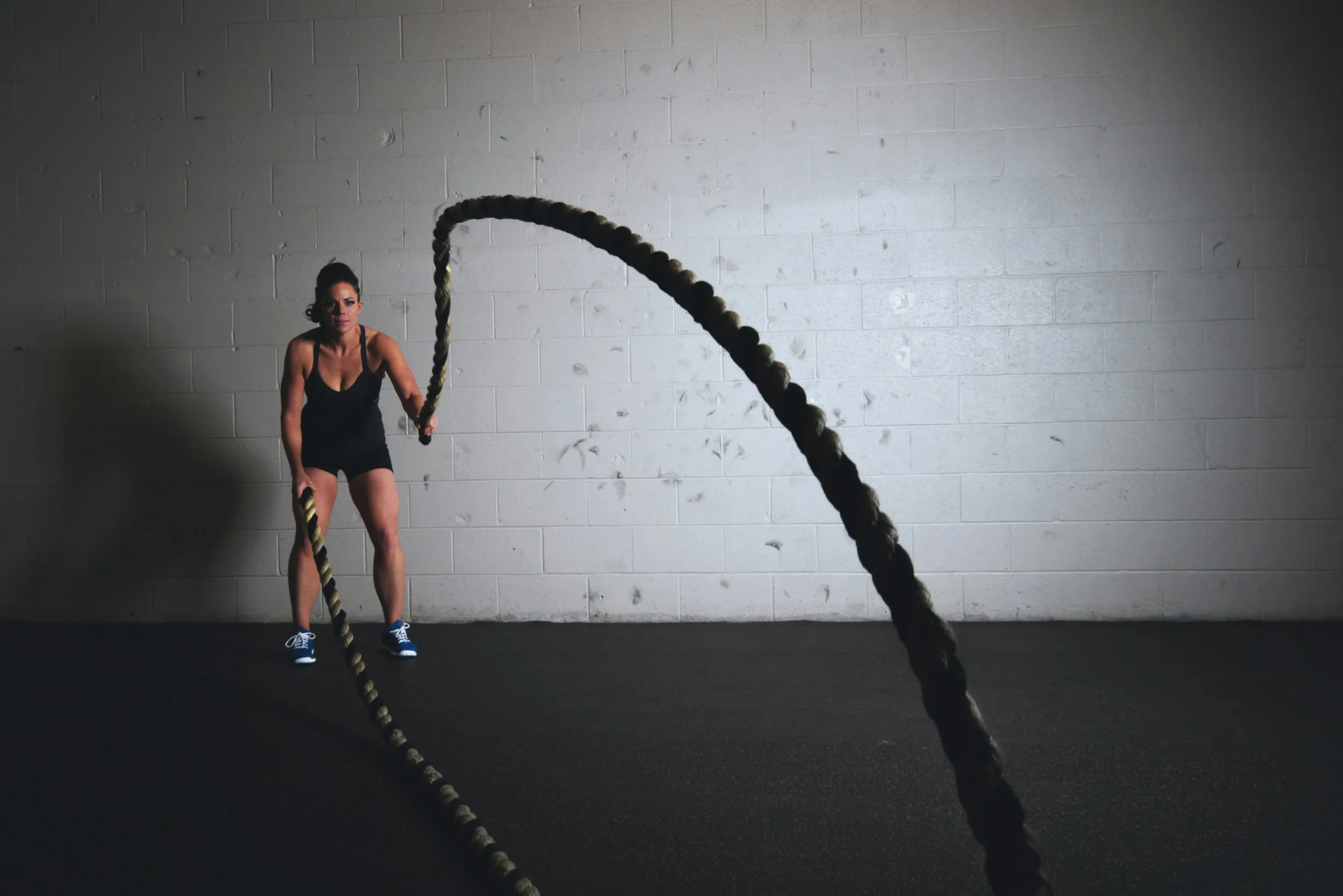Cardio Confusion: What You Actually Need for Heart Health, Fat Loss, and Recovery
Let’s talk cardio.
Some people swear by it. Others avoid it like a bad ex. Maybe you’ve tried to “do more cardio” to lose weight, only to burn out and never want to see a treadmill again. Or maybe you’ve heard that cardio kills your gains… but you kind of miss your morning walk?
No wonder everyone’s confused.
Cardio gets a bad rap and way too much hype—sometimes in the same breath. So let’s cut through the noise and answer the real question:
Do you need cardio?
Yes.
Do you need more cardio to reach your goals?
Not always.
Does cardio need to be complicated, intense, or miserable?
Absolutely not.
Cardio is a tool—not a punishment
Let’s clear one thing up right away: cardio isn’t here to punish you for what you ate or “burn off” your body into a different size. That narrative has been floating around fitness culture for years—and it’s time to ditch it.
Cardiovascular exercise has benefits that go way beyond calorie burn. When used intentionally, it can support:
Heart health and blood pressure
Recovery between strength sessions
Blood sugar regulation
Mental clarity and stress relief
Better sleep and mood
Increased energy throughout the day
But cardio is also very easy to overdo when it’s being used to “earn your food” or “make up for” other habits. If you’ve ever doubled down on the elliptical after eating a cookie or run yourself into the ground to get lean, you already know—it’s not sustainable. And it usually backfires.
Not all cardio is the same (and that matters)
Here’s where things get more nuanced.
There are different types of cardio, and they do different things in your body. You don’t need to memorize terms or track heart rate zones religiously, but it helps to understand how they work:
🧘♀️ LISS (Low-Intensity Steady State)
Think: walking, slow biking, easy elliptical
Benefits: stress reduction, increased daily movement, active recovery
Best used: on rest days, or layered into your daily routine
🏃♀️ Zone 2 / Moderate-Intensity Cardio
Think: brisk walking, casual jogging, steady rowing
Benefits: improves endurance, heart health, fat metabolism
Best used: 2–3x per week for 30–45 minutes
🔥 HIIT (High-Intensity Interval Training)
Think: sprints, circuits, timed intervals
Benefits: time-efficient, raises metabolic rate temporarily
Best used: 1–2x per week, if you’re sleeping, eating, and recovering well
More cardio isn’t always better. More strategic cardio is.
Real client story: “I thought I needed more cardio to lose fat…”
One of my clients came to me running 5–6 days a week and feeling completely drained. She wasn’t sleeping well, her progress had stalled, and she was constantly craving sugar.
We reduced her cardio to 2 brisk walks (in addition to regular step goals) and 1 HIIT session per week. The rest of her focus went into strength training, fueling consistently, and recovering like it was her job.
What happened?
Her energy increased. Her body composition shifted. Her cravings stabilized.
And most importantly—she felt better.
Turns out, it wasn’t about doing more. It was about doing what her body actually needed.
How to build cardio into your routine (without burning out)
Let’s make this easy. If you want to support your body with cardio—but not let it dominate your life—here’s a realistic template to start with:
🗓 2–3 strength training sessions/week
This is your foundation for building muscle and supporting metabolism.
🚶♀️ Daily low-intensity movement
Walking is wildly underrated. Aim for 6,000–8,000 steps/day (or more, if it fits your life).
💓 1–2 moderate-intensity sessions/week
Brisk walks, light jogs, dance classes—whatever feels fun and manageable.
⏱ Optional: 1 short HIIT session/week
Only if your recovery is solid. HIIT is a stressor, not a cure-all.
Cardio should support your strength—not replace it.
Action steps to get started
1. Pick the cardio you actually enjoy.
If you hate running… don’t run. Walking, hiking, biking, dancing, swimming—it all counts.
2. Layer it into what you’re already doing.
Walk during lunch breaks. Park farther away. Take a walk-and-talk meeting.
3. Use it to recover, not punish.
Low-intensity cardio can help you bounce back faster from tough training days. It’s not just “extra”—it’s supportive.
4. Track how you feel—not just calories burned.
If cardio leaves you drained, cranky, or ravenous, that’s not a win. That’s your body asking for balance.
P.S. You don’t need endless cardio to feel better—you need the right kind in the right dose.
Use it intentionally. Let it be a tool—not a chore. And give yourself permission to move in ways that feel good, not just “effective.”
Because if it’s not sustainable, it’s not the solution.
Need help building a fitness plan that fits your energy, goals, and life?

